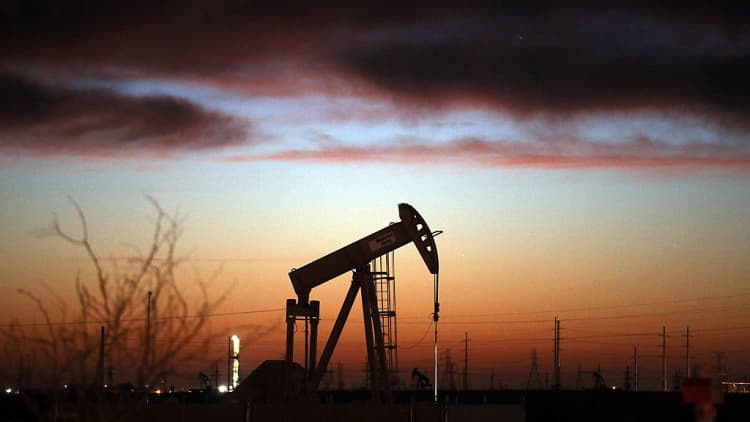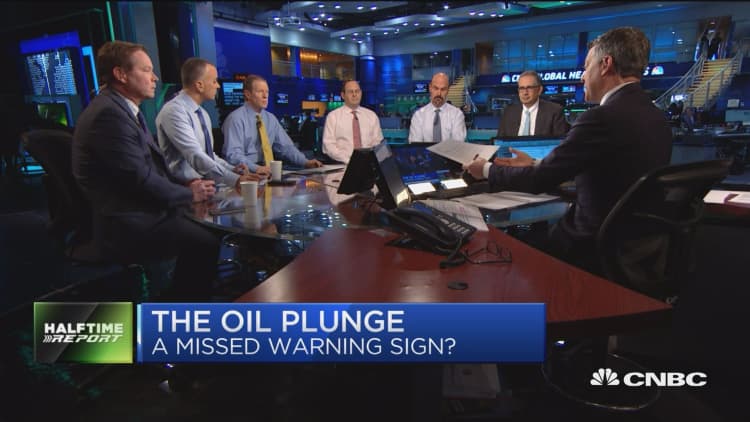
U.S. crude is on a path to $42 a barrel as speculators give up their efforts to drive the commodity higher, according to John Kilduff, founding partner at energy hedge fund Again Capital.
Kilduff, a longtime bear and skeptic of OPEC's deal to curb production, said oil's more than 5 percent plunge to roughly three-month lows on Wednesday was the final nail in the coffin for speculators. The high trading volume indicates they are selling out of their bullish positions, he said.
"It's confirmatory to me that they've thrown in the towel and we're in the process of a pretty big long liquidation at the moment that should carry us all the way down, I think, to the November lows of $42. We'll retrace the entirety of the rally from November to just recently," he told CNBC's "Fast Money: Halftime Report" on Thursday.
Oil tumbled from a high of $52.92 to a low of $50.05 on Wednesday after the Energy Information Administration reported a ninth straight weekly rise in U.S. crude stockpiles. It continued its slide Thursday, touching an intraday bottom of $48.67.
Kilduff sees U.S. crude hitting $42 by the end of April, and said it could dip below $40.

Speculators raised their bullish bets on oil to record levels in recent weeks. Meanwhile, Kilduff noted, oil drillers were busy hedging their production, a practice in which they lock in a cost for delivery of crude to protect against future price declines.
A flurry of hedging indicates drillers are wary oil prices will fall.
"Everybody was focusing on long speculatives' interest in this market — [there was] also one of the biggest short commercial positions in this market because [drillers] have all taken advantage of the rise above $50 to lock in their cash flows going forward," he said.
Oil prices have remained in a range between about $50 and $55 since the end of last year, when the Organization of the Petroleum Exporting Countries and 11 other exporters agreed to cut output by 1.8 million barrels to rein in brimming crude stockpiles.
But the subsequent price recovery has allowed more U.S. drillers, who use expensive advanced drilling methods, to pump profitably. These drillers drove costs lower and became more efficient during a punishing oil price downturn that began in 2014, though more than 100 have gone bankrupt since then.
"Now the OPEC and the non-OPEC adherents to the deal that was cut have a big problem on their hands because these guys aren't going away as quickly this time," Kilduff said.


